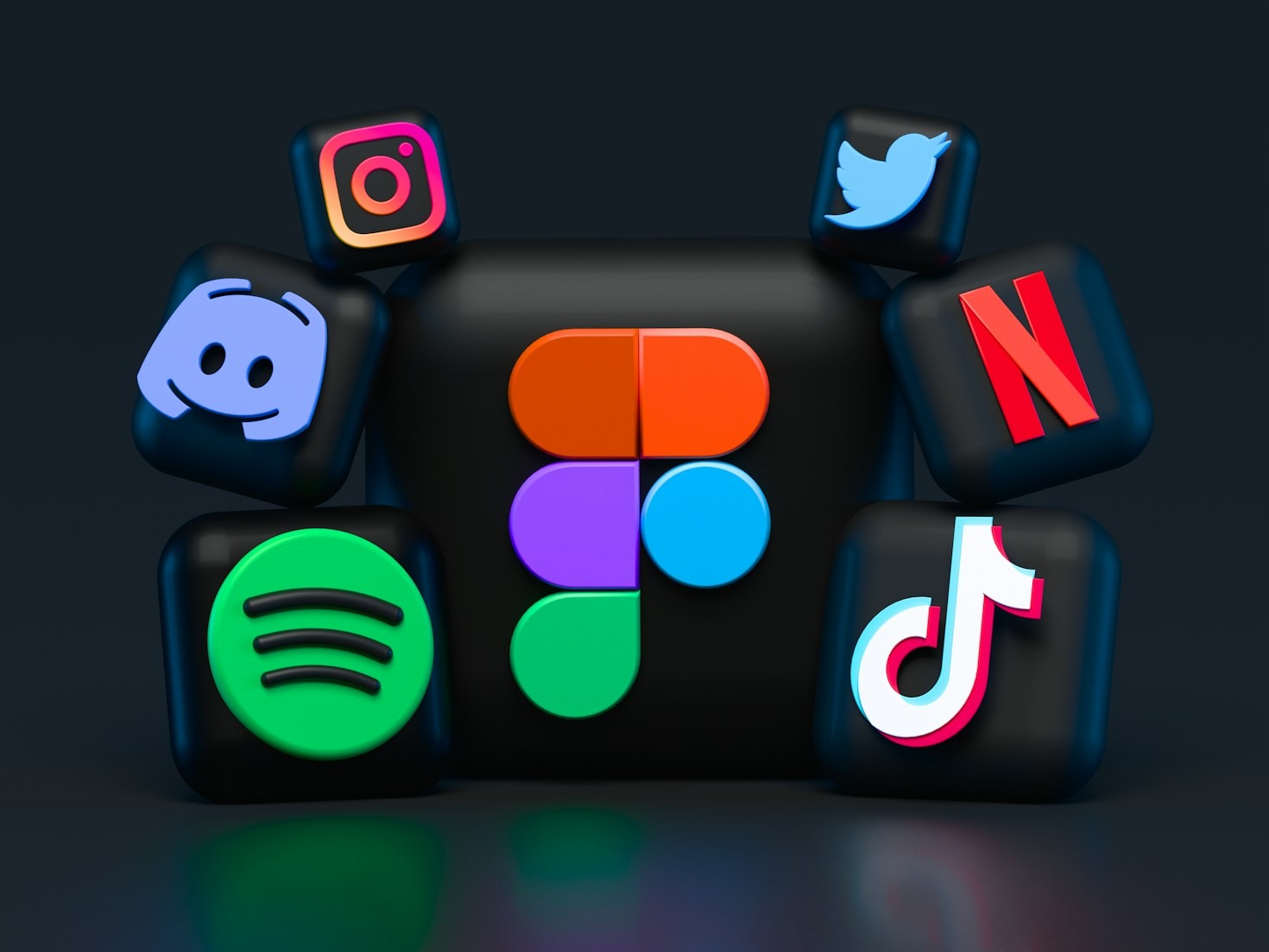Digital marketing is constantly evolving — what worked last year might not deliver the same results today. With new technologies, changing algorithms, and shifting customer behaviors, businesses need to stay ahead of the curve to stay relevant and competitive.
Whether you’re running an ecommerce store or managing a growing brand, understanding the latest digital marketing trends can help you create smarter campaigns, reach your ideal audience, and boost your ROI.
Let’s explore the key trends shaping the digital marketing landscape in 2025.
1. AI-Powered Marketing Is Here to Stay
Artificial Intelligence (AI) continues to revolutionize how brands connect with customers. From automated ad optimization to AI chatbots and predictive analytics, businesses are using AI to personalize the customer experience like never before.
How to use it: Leverage AI-driven platforms for email personalization, ad targeting, and customer segmentation to improve performance and save time.
Why it matters: AI tools help marketers analyze data faster, target the right audiences, and create content that resonates.
2. Short-Form Video Content Dominates
Platforms like TikTok, Instagram Reels, and YouTube Shorts have made short-form video the most engaging content format online. Consumers prefer quick, visually appealing content that delivers value in seconds.
- Why it matters: Video content builds trust and increases brand recall.
- How to use it: Create bite-sized educational or behind-the-scenes videos that highlight your products or services. Consistency is key.
3. The Rise of Voice Search Optimization
With smart speakers and voice assistants becoming mainstream, optimizing for voice search is now a must. Users are searching differently — asking complete questions rather than typing short keywords.
- Why it matters: Voice searches often lead to high-intent, local, or purchase-ready queries.
- How to use it: Optimize your website content with conversational keywords and FAQs that answer natural language questions.
4. First-Party Data and Privacy-Focused Marketing
As privacy laws tighten and third-party cookies phase out, marketers are shifting toward first-party data — information collected directly from customers.
- Why it matters: Building trust and transparency with customers is essential for long-term growth.
- How to use it: Focus on email marketing, loyalty programs, and website analytics to collect and utilize customer insights responsibly.
5. Influencer and UGC (User-Generated Content) Marketing Evolve
Consumers crave authenticity, and influencer marketing continues to deliver it — especially when combined with user-generated content.
- Why it matters: UGC builds trust and provides real-life validation of your brand.
- How to use it: Collaborate with micro-influencers or encourage customers to share their experiences with your brand. Feature their content across social platforms and your website.


C (User-Generated Content) Marketing Evolve
Consumers crave authenticity, and influencer marketing continues to deliver it — especially when combined with user-generated content.
- Why it matters: UGC builds trust and provides real-life validation of your brand.
- How to use it: Collaborate with micro-influencers or encourage customers to share their experiences with your brand. Feature their content across social platforms and your website.
6. Omnichannel Marketing Becomes Essential
Today’s customers move between platforms — from Instagram to your website to email — before making a purchase. An omnichannel strategy ensures your brand message stays consistent across all touchpoints.
- Why it matters: A unified experience increases engagement and conversions.
- How to use it: Integrate social media, email, paid ads, and your website into one cohesive marketing funnel.
7. Content That Prioritizes Value and Authenticity
In 2025, customers are more selective about the content they consume. Overly promotional content no longer works — people want value, education, and authenticity.
- Why it matters: Building trust through valuable content helps you stand out in a crowded digital space.
- How to use it: Publish blogs, videos, and guides that solve customer problems and showcase your expertise.
Conclusion
Digital marketing is changing fast, and staying ahead means adapting quickly. From AI-powered personalization to short-form video dominance and privacy-first marketing, these trends highlight one key truth: brands that prioritize connection, authenticity, and innovation will thrive.
Keep testing, learning, and refining your strategy. The businesses that embrace these trends today will be tomorrow’s market leaders.


Leave a Reply